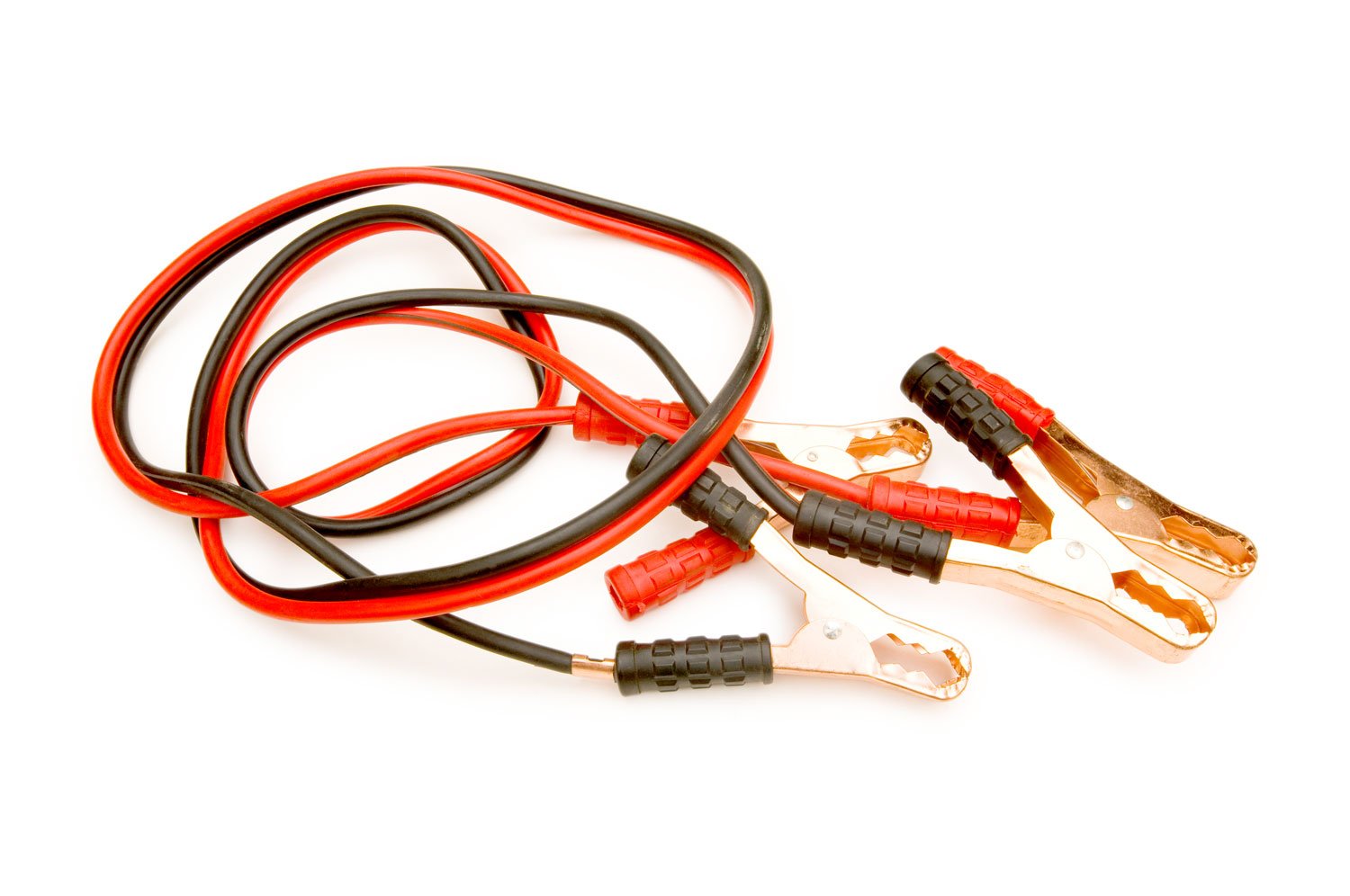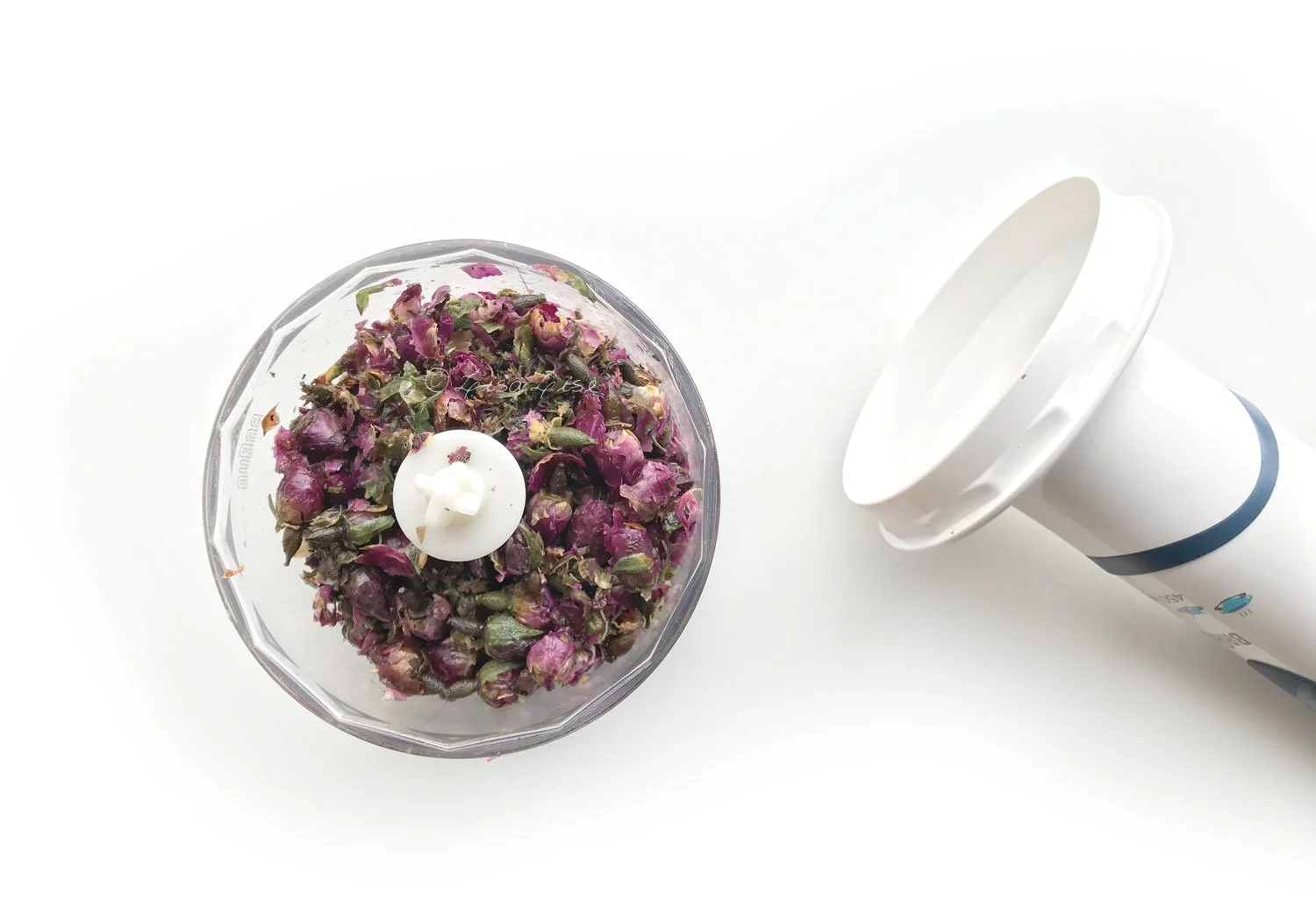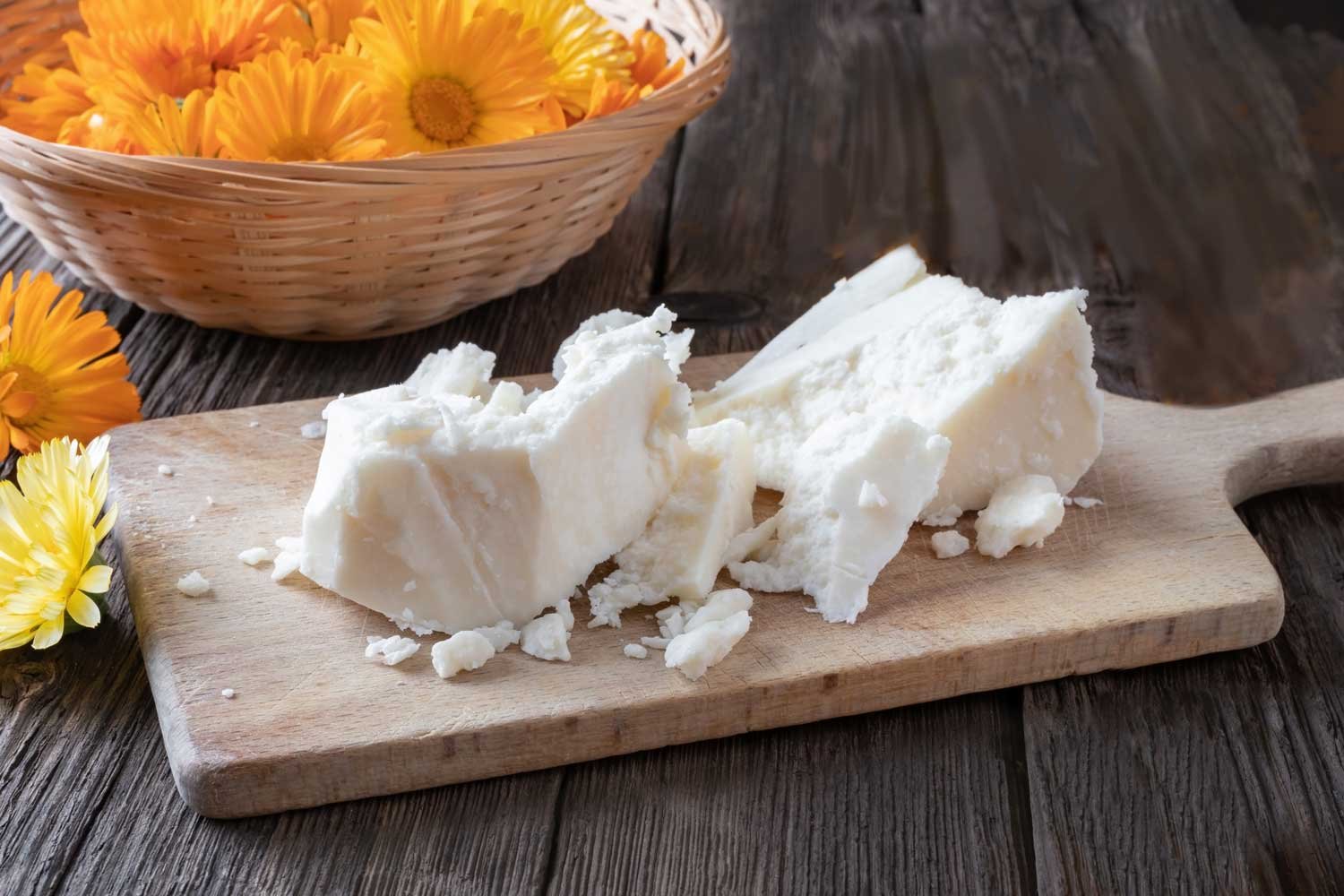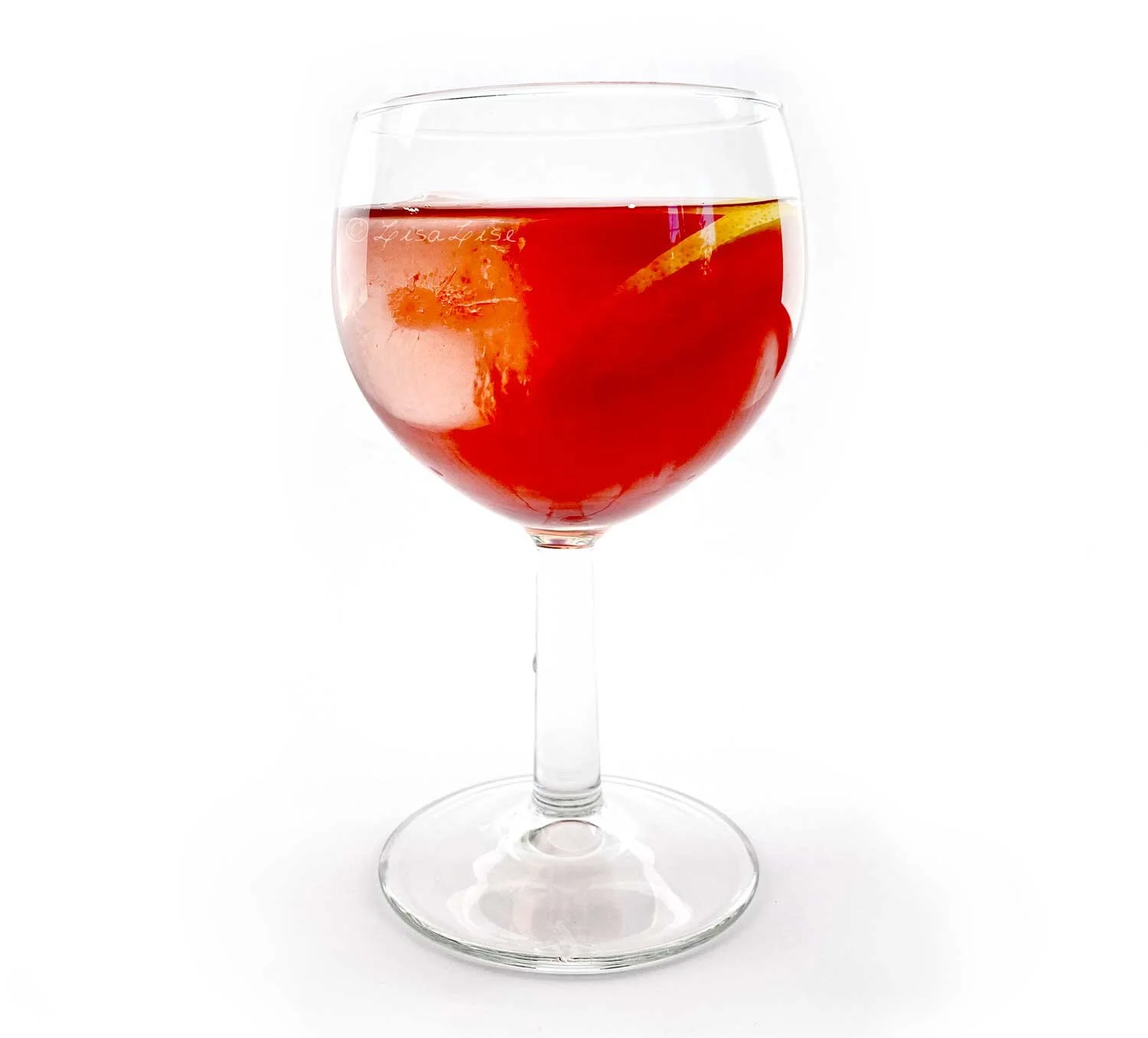Why Raw Honey Never Goes Bad
Lise
Ever wonder why the raw honey you have in your kitchen can sit in the cupboard for months on end (or even years) without going bad?
It's because of GOx.
GOx is short for glucose oxidase.
Protein With a Punch
Glucose oxidase is an enzyme that oxidizes glucose into glucolactone which converts oxygen into hydrogen peroxide in the process.
What this means is: it acts as a preservative.
In short, GOx is an all natural bactericide – built right into the all natural chemical composition of raw honey.
Apart from keeping honey from going bad, it has scads of other uses. In fact, glucose oxidase has so many uses, it plays a major role in the biotech industry.
GOx Rocks
Among many other things, glucose oxidase is used for measuring blood glucose (REF ). It works by turning the glucose in blood (which is difficult to measure) into hydrogen peroxide (which is easy to measure). This makes it an ideal biosensor for diabetes.
Here's a short-list of some of its other uses.
GOx Uses:
Food preservative
In baking: helps increase dough consistency and quality
Color stabilizer
In wine production (lowers alcohol content and adds bactericidal effect)
Antimicrobial agent in oral hygiene products
Acidity regulator in food production
Biofuel cells
In packaging: removes oxygen from food packaging
Honey on The Skin and Hair
Raw honey is fabulous for skin. You can use it straight up to wash your face or leave it on as a moisturising, cleansing mask. I have used it as the base for my morning cleanser for many years.
Try applying and leaving honey on the skin (and in the hair!) for as long as you please as an all natural nourishing mask. I've experimented with the leave-on time, and a 2 hour honey mask is a real treat for the skin.
Worried about stickiness? Keep in mind honey easily dissolves in water, so the mask rinses out like a dream.
Bonus Tip: if you decide to do a lengthy honey mask, don't be tempted to steam iron anything while you are wearing the mask (so I learned after having to re-wash my freshly ironed, honey-dripped tablecloth)
Extra bonus tip: Pop a blank sheet mask over the freshly applied honey to keep dripping at a minimum.
Unlike Some, Honey Doesn't Like it Hot
Sometimes raw honey will crystallize and some will recommend heating honey to decrystallize it. The problem is, heat compromises the glucose oxidase activity, so do stick to storing and using honey at room temperature. Here’s a link to a study that examines how the glucose oxidase in honey reacts when it is heated (PDF ARTICLE ON RESEARCHGATE)
Do Tell
Do you work with honey in your cosmetics? If so, how? Please pop in a comment below.
Links to More Info about Honey and Glucose Oxidase
Glucose oxidase, applications, sources and recombinant production (LINK)
Glucose oxidase: an enzyme ferrari (LINK)
PubMed: glucose oxidase (LINK)
PubChem: glucolactone (LINK)
American Bee Journal: Inhibine and glucose oxidase in honey - a review (1966) (LINK)
Club Highlights
The formulas section has a selection of natural skincare and haircare formulas that are free for all members. Look forward to a self-preserving, honey-rich formulation during the next couple of weeks if you’re a member. Not a member yet? Check out what the Club has to offer by clicking the picture below.
PS: The book below shows you how to use honey as one of the main ingredients to make a series of self preserving facial cleansers.



















